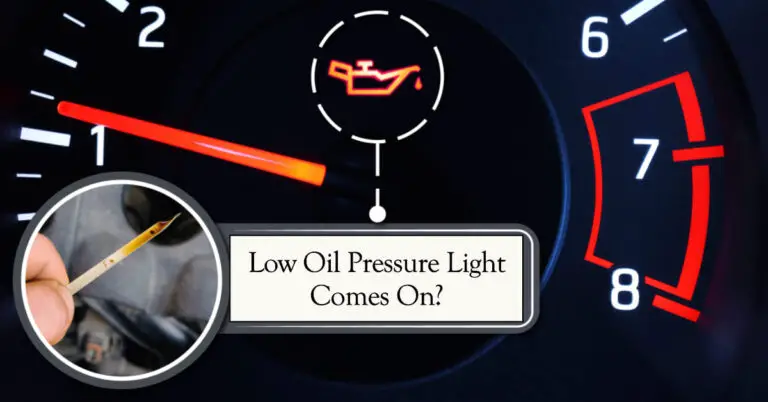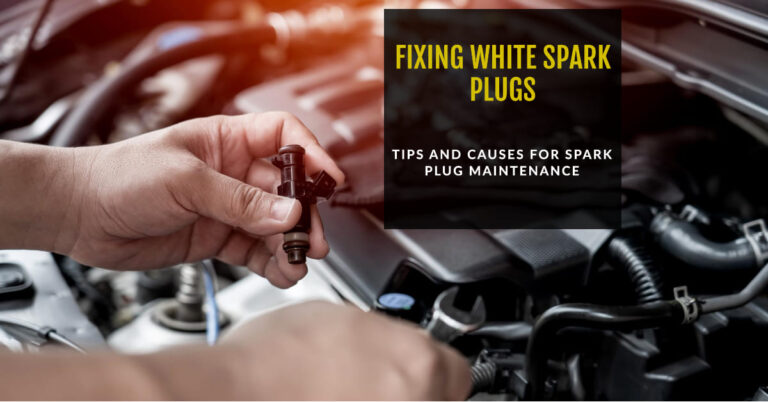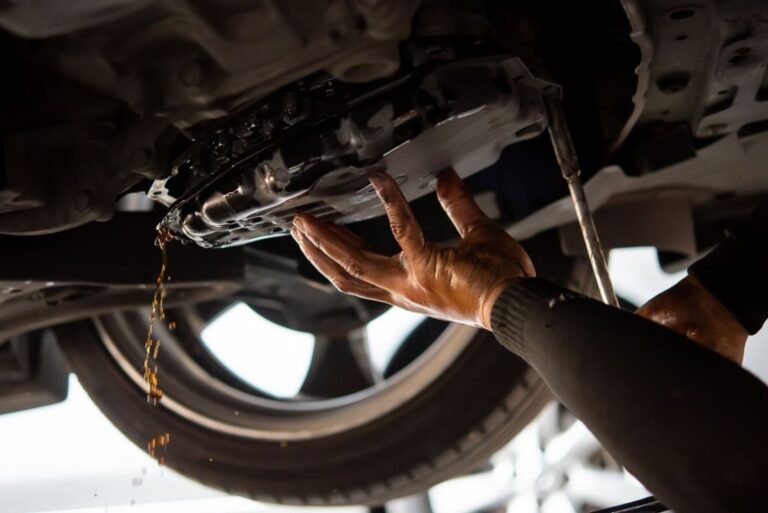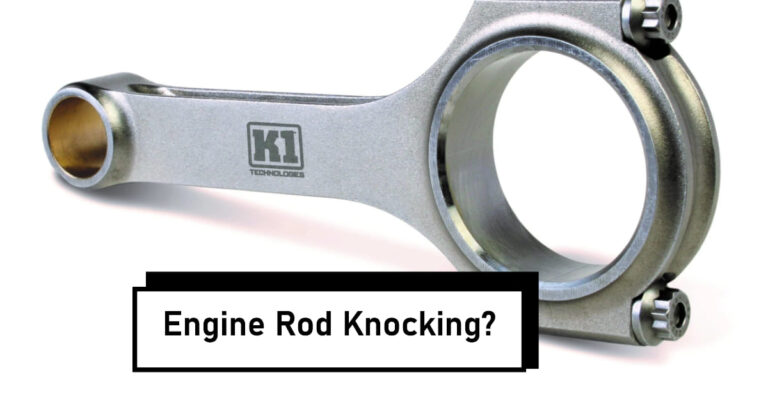Check Engine Light Flashing and Car Shaking: What To Do?
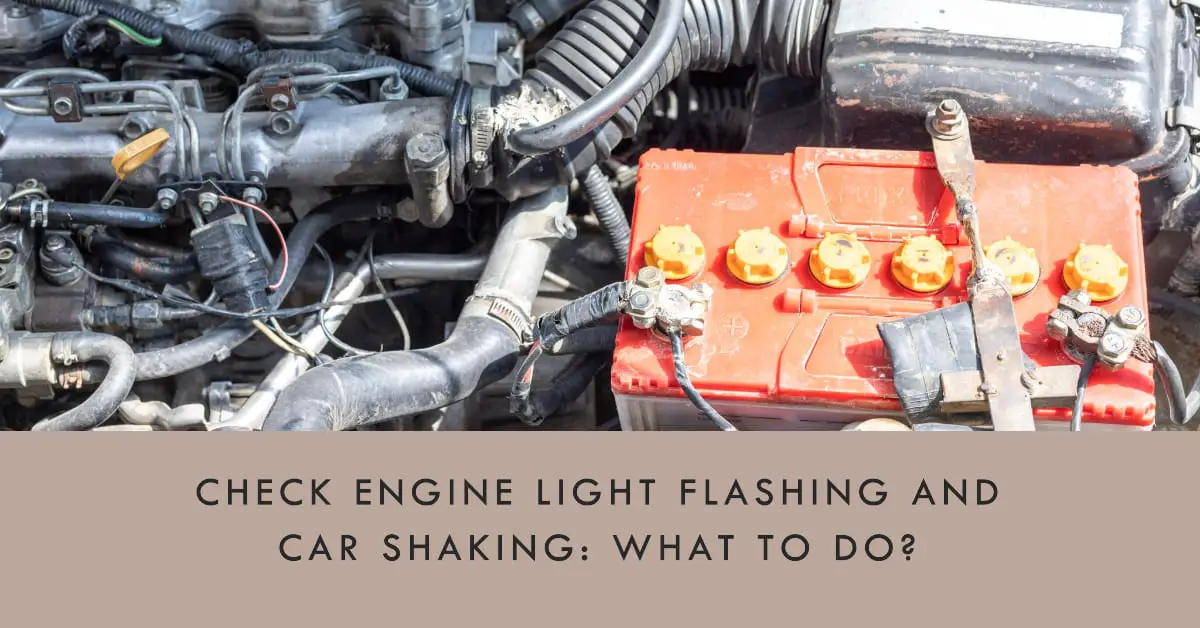
Why is My Car Shaking with a Blinking Check Engine Light?
A blinking check engine light plus a shaking car indicates engine problems needing immediate attention. Learn the common causes and what actions you need to take right away.
Has your check engine light started blinking unexpectedly while you’re driving? Perhaps you noticed your car shaking or vibrating recently too. This combination of symptoms likely has you worried about potential engine issues or damage.
Seeing the ominous check engine light flashing is unsettling enough. But add in the feeling of your car shaking, along with concerns over safety or costly repairs, and it’s understandable to feel anxious when faced with this scenario.
The good news is that while a blinking check engine light plus a shaking car indicates problems requiring attention, it doesn’t necessarily mean irreparable damage has occurred.
In this comprehensive guide, we’ll cover:
- Common causes of a blinking check engine light and shaking car
- What you should immediately do when faced with these symptoms
- Diagnosing ignition system misfires versus catalytic converter issues
- Understanding when to stop driving your car
- How to get the problem properly diagnosed and repaired
Knowing exactly why your check engine light is flashing and car is shaking allows you to make informed decisions to resolve the issue promptly and prevent further damage. Let’s explore the potential reasons this might be happening.
Table of Contents
Common Causes of a Flashing Check Engine Light and Shaking Car
It’s important to understand a blinking check engine light indicates an engine misfire is occurring. Misfires happen anytime there is an interruption in your engine’s firing process – most commonly due to an ignition system problem.
Here are some of the most frequent causes of a flashing check engine light plus a shaking car:
- Engine misfires caused by faulty ignition system components like the ignition coils, spark plug wires, or spark plugs themselves
- Catalytic converter failure due to overheating or debris clogging from an underlying engine issue
- Problems with sensors, computer, or emissions system components providing incorrect input or signals for proper timing and fuel mixture
- Issues with spark plugs, fuel injectors, or individual cylinders related to fuel mixture problems or compression issues
In severe cases, the shaking sensation paired with the blinking light suggests at least one engine cylinder is not firing properly. This leads to a loss of power, uneven running of the engine, and excess vibration.
What Should You Do If Your Check Engine Light Is Blinking and Car is Shaking?
Driving with a flashing check engine light and shaking car, even for a short distance, risks catalyst damage or further mechanical issues.
Here is the urgent course of action required when faced with these symptoms:
- Safely pull over and stop driving the car to prevent immediate engine damage
- Call for roadside assistance to have the vehicle towed to a repair shop
- Do NOT attempt to restart or continue driving it until a diagnostic is done
- Have the trouble code read with an OBD-II scanner to reveal the detected issues
- Diagnose the root cause – inspection of ignition components or emissions systems as indicated
Trying to push ahead hoping the light turns off or shaking stops on its own will likely have serious consequences. Immediate diagnosis and repair is essential.
Signs of an Ignition System Problem Causing Engine Misfires
Since the most frequent source of blinking check engine distress comes from ignition system problems, recognizing additional related warning signs allows quicker diagnosis.
Look for these symptoms suggesting ignition failure leading to cylinders misfiring:
- Flashing check engine light (indicating detected misfires)
- Car shaking or vibrating intensely
- Sudden loss of power and acceleration
- Rough uneven idle with fluctuation
- Backfiring noises from the exhaust
- Reduced fuel economy efficiency
Combining these indicators with the OBDII trouble codes set for cylinder misfires points to the next steps of inspecting the ignition components like:
Faulty Ignition Coils
Ignition coils amplify the battery’s voltage to generate spark plug discharge. Failure stems from age, damage, oil leaks, or heat distortion. Defective coils cannot provide adequate spark timing leading to misfires.
Spark Plug Issues
Most common ignition problem! Stuff build up, gap changes, wear, or oil fouling spark plugs fails to ignite the air/fuel mixture properly. This overwhelmingly is the root of random misfires causing a blinking check engine light.
Wiring Problems
Fraying spark plug wires, cracked wire insulation, loose plug boot connections, or corrosion interrupts the path delivering spark voltage – easily identified through visible inspection.
Repairs involve replacing the malfunctioning ignition components and clearing stored trouble codes. Inexpensive compared to many motor issues if addressed promptly!
How a Damaged Catalytic Converter Can Cause a Blinking Check Engine Light
Your car’s catalytic converter processes exhaust gasses to reduce emissions. But when it gets too hot from underlying engine issues or debris clogs the honeycomb structure inside, it can no longer function properly.
This triggers the check engine light to warn of catalyst inefficiency. Ignore the alert, and it soon starts blinking indicating the need for immediate repair.
A restrictive or collapsed converter unable to handle flowing exhaust gases starts backfiring unburned fuel into the exhaust repeatedly. This combusting outside the cylinder is what causes the loud noises along with vehicle shaking.
Here’s what typically causes catalytic failure:
- Converter overheating from uncontrolled fuel igniting aka ‘afterburn’ due to engine misfires or oil burning
- Debris congesting the converter like dust, soot, or oil contamination
- Failed oxygen sensors providing inaccurate data to the computer triggering reduced catalytic efficiency codes
Replacement with a new OEM or aftermarket converter resolves the issue.
Risks of Driving with a Damaged Catalytic Converter
Once a converter sustains internal damage from overheating or debris clogging, attempting to drive accelerates harm exponentially.
Dangers include:
- Complete converter failure restricting exhaust flow
- Debris blown back into engine cylinders risking internal damage
- Melting substrates inside creating exhaust blockage
- Increased vehicle fires potential
Getting a New or Repaired Catalytic Converter
Thankfully, converters protected by federal regulations requiring long warranties – 8 years or 80,000 miles in most states. This coverage gives financial assistance with replacement or repair costs.
After identifying faulty oxygen sensor inputs with diagnostics, technicians can often mediate errors causing reduced efficiency trouble codes to turn off the blinking check engine light. Removing built-up contaminated soot when accessible sometimes rehabilitates a clogged converter too.
Emissions System Problems That May Lead to Light Blinking
While less frequent than ignition or catalytic failure, emissions system faults often display similar flashing check engine light symptoms accompanied by unstable engine performance.
- Faulty sensors sending inaccurate data to the computer regarding exhaust content, fuel trim levels, or catalyst monitoring result in decrease efficiency alerts. They require replacement with quality components preventing false readings.
- The engine computer processing erroneous input signals due to bad wiring connections, electrical interference, or internal failures confuses operation timing. This leads to incomplete combustion, rough running, and misfires triggering the blinking warning light.
- Evaporative emissions system leaks, exhaust gas recirculation issues, or fuel tank pressure sensor defects allow raw hydrocarbons escape to the atmosphere. Until repairs made, it assumes converter failure with excess emissions expecting cat inefficiency codes.
Careful troubleshooting narrowed down through stored Diagnostic Trouble Codes (DTCs) pinpoints the specific components needing correction. Proper repairs then alleviate the emissions faults and cease the flashing check engine distress signal.
When Should You Stop Driving with a Blinking Check Engine Light?
Driving any distance with a blinking check engine light poses multiple risks:
- The blinking light indicates an active engine misfire making immediate repair vital to prevent catalyst damage from raw fuel overflow. Dismissing this warning jeopardizes the converter and downstream components plus accelerates failures.
- Just a few miles of blinking can overheat and ruin an already compromised catalytic converter. The high expense of replacement, especially for newer vehicles, makes stopping ASAP critical.
- Ignoring the alert almost always worsens repairs ultimately. Continued operation with diagnosed faults amplifies harm to sensors, cylinders, electronics, and emissions systems through uncontrolled combustion.
- Safety hazards accompany sudden engine power loss if an ignition component or cylinder fails completely. Similarly, catalyst debris blown upstream can damage pistons or valves leading to immediate stall out.
Take blinking check engine alerts seriously! Light patterns indicating urgent issues should NOT be neglected, or you risk exponentially amplified problems. Diagnostics ASAP are critical next actions.
Getting a Diagnosis and Next Steps for Repair
Since many components can trigger the blinking check engine light and shaking sensations getting an accurate diagnosis is crucial before repairs.
Here are the next steps when faced with these distress signals:
- Have the OBDII codes read with a diagnostic scanner to reveal components signaling detected system faults.
- With trouble codes in hand documenting detected problems, a technician can perform further testing of those components. Expect sensor operation verifications, misfire cylinder identification, flow measurements, leak detection, and integrity inspections of wiring or converters during diagnosis.
- Pinpointing root causes through methodical diagnoses allows correct identification of faulty parts needing replacement or repair. Isolating misbehaving components is vital for proper correction.
- With testing and trouble code insights, the shop can provide repair estimates and options. Authorizing catalytic converter replacement, ignition repairs, sensor swap outs, wiring corrections, or computer reprogramming as needed.
- For older high mileage vehicles, evaluations help determine if replacement makes better economic sense over any major repairs.
Addressing the specific components and systems signaling errors promptly following diagnostic guidance prevents the situation escalating. While any warning light causes concern, methodically identifying issues through testing combined with rapid repairs provides reassurance.
In summary, a flashing check engine light accompanied with noticeable vehicle shaking requires immediate attention. Diagnostic trouble codes paired with technicians testing will uncover any ignition misfires, catalytic inefficiencies, or emission system faults. Understanding what causes these dual symptoms allows smart decisions easing fears of catastrophic damage, costly repairs, or safety risks if correctly handled. Investigating warning light alerts promptly limits consequences.


